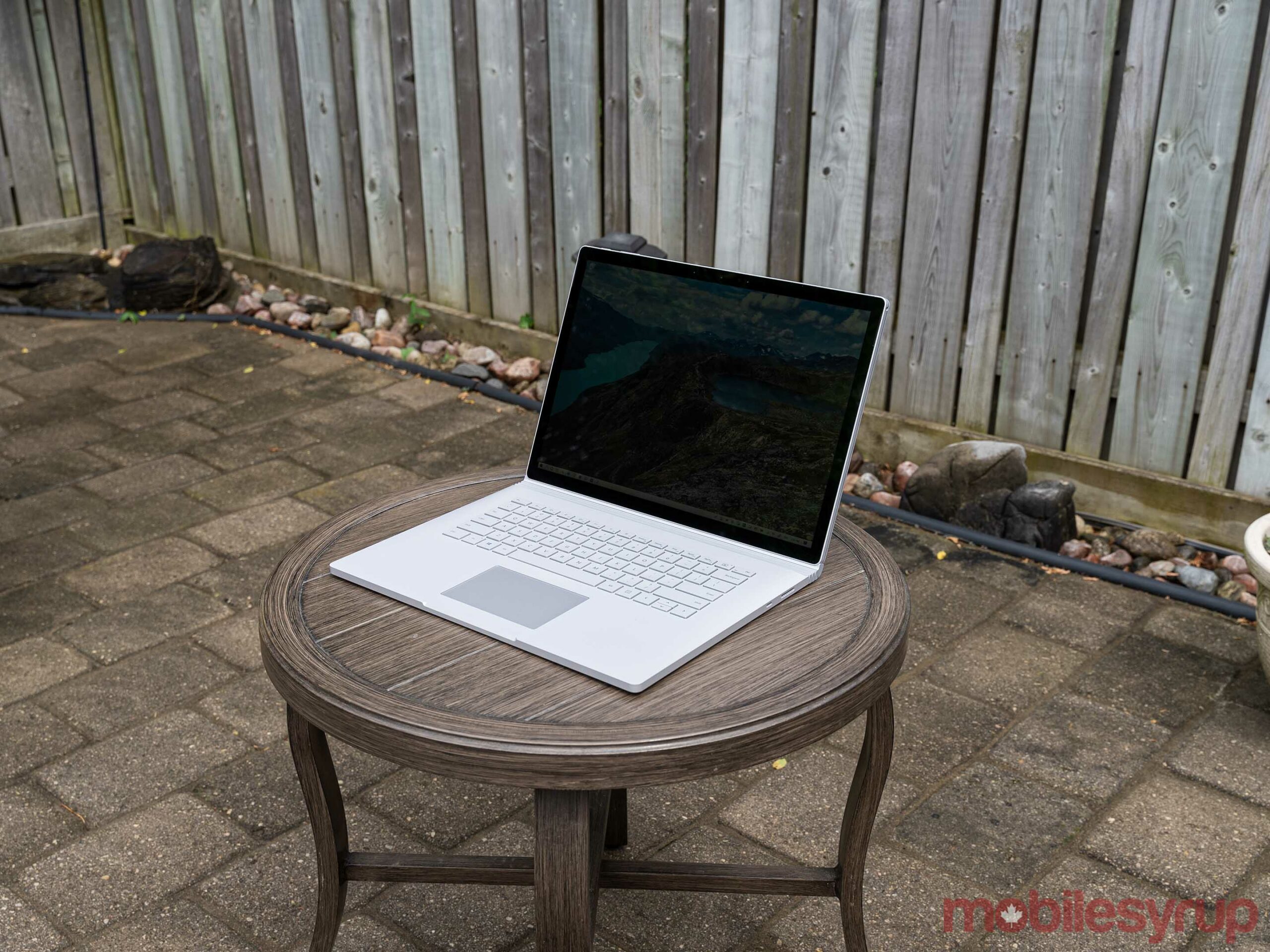It is now four years since the Referendum result which
convulsed British politics and set the country on a path whose destination remains unknown. In this post I’m not going to review what has happened during those years but instead will suggest that we now need a whole new Brexit debate. No doubt many, probably most, people are heartily sick of hearing about Brexit, so that idea will seem perverse if not downright masochistic. But such a debate is now possible, necessary, and, arguably, inevitable.
Back in October 2018, the leading law and policy commentator
David Allen Green made an intriguing and typically elegant argument. It was that – notwithstanding remainers’ disputes about its legitimacy – the 2016 Referendum had created a mandate for Britain to leave the EU. This could only be discharged by doing so, but once Britain had left it would, indeed, have been fully discharged and would (or should) have no further purchase. Then, it would be possible for debate to shift to what kind of relationship Britain should have with the EU.
The Referendum mandate has been discharged in fullOn
31 January 2020 we arrived at that point. It is no more, or less, than a truism to say that Britain is no longer a member of the EU. Yet it seems fair to say that political debate has not fully caught up with that fact (perhaps because, almost immediately afterwards, all attention shifted to coronavirus). For example, just a few days ago
an opinion poll showed that a clear majority – 56% - would vote to remain in the EU if another referendum were held now. That is an important result, in that it suggests that Brexit is not what the majority want, but it is also strictly speaking a meaningless one. There could be no such referendum because there is no such thing as ‘remaining’ any more. Likewise, there is no such thing as ‘leaving’ any more. Both of those policies ceased to be possible at the end of January. The only thing that could meaningfully be asked is whether to ‘stay out’ or ‘re-join’ – a very different question (and one which would not necessarily yield the same result).
By the same token, as per Green’s original argument, the fact of Britain having left the EU means that it is no longer meaningful for the 2016 Referendum to be invoked as an argument for how the ongoing process of ‘doing Brexit’ should be undertaken. I’d actually go further than that, because since that referendum didn’t specify a form of Brexit it never had any relevance to how Brexit was done. But, even without accepting that, there is now certainly no basis on which ‘the 17.4 million’ have any more say in what happens than the rest of the population or on which that number can be invoked in discussions about what happens.
That includes the question of whether to extend the Transition Period. Recently, the pro-Brexit
Bruges Group tweeted, correctly, that it now seems clear that there will be no extension but went on to say, incorrectly, that this will be “a victory for Brexit voters”. That cannot be so, since Brexit voters voted for one thing only, and it has now been done. There can be no further victories or further demands based upon that original vote.
17.4 million is no longer a relevant numberThis matters, hugely, because it means that the ‘will of the people’ and the sanctification of the 17.4 million which since 2016 have been used as a cudgel not just to stifle but to stigmatize as undemocratic any debate about Brexit has now gone from being entirely bogus to being entirely redundant. There’s no doubt that, for particular example, the vote to trigger Article 50 was only supported in such numbers, or even passed at all, because of the force with which that cudgel was wielded. But it is now possible, and right, and necessary, to debate and question every single way in which Brexit is being enacted without any reference at all to the Referendum result.
This includes, of course, the terms of any deal which may be done with the EU as well as the possibility of no deal being done at all. It also includes challenging decisions such as
refusing to participate in the EU scheme to revive tourism in the wake of the coronavirus or in
the EU’s fast track vaccine scheme. Or the idea of setting up a
supposed global rival to the Erasmus scheme (mirroring
the now failed approach to the Galileo project). Or refusing to create any formal institutional framework
for foreign policy cooperation. On all of these, and many other, Brexit issues there is, or should be, an entirely new debate framed not in terms of the referendum result but in terms of what, given that Britain has left, its relationship with the EU should be like.
What about the election?A potential objection to this argument is that the present scenario is different to that envisaged by Green in that, prior to leaving the EU, a General Election was held. Since the Conservatives won, this gives them a mandate, separate to that of the Referendum, as to how to undertake the Brexit process. Their
manifesto stated that this would mean leaving the single market and customs union, ending “the role of the European Court of Justice”, and not extending the implementation period (sic) beyond the end of December 2020. Therefore, all of these are settled matters.
Against that there are several counter-arguments. Unlike a referendum on a single question, a General Election victory does not imply voters endorsed every line of the winning party’s manifesto. In a first past the post system it doesn’t mean majority support. And in a democratic system it certainly doesn’t imply that the enactment of their policies can no longer be discussed and debated. This includes recognizing that changing circumstances mean that governments necessarily do things that run counter to party manifestos, which in this case might mean, in particular, that the
force majeure of coronavirus entails a revision of the transition extension policy. On the other hand, if the manifesto
is taken to be a rigid and immutable set of commitments, then there is no mandate for no deal, because it makes no mention of that possibility and, instead, states unequivocally that “we will negotiate a trade deal next year”.
Beyond all that,
as I discussed at the time, the election campaign was remarkable for the lack of discussion of any detail at all of how Brexit would be done, including and especially any discussion of what the future relationship with the EU would be like. Indeed, the whole message from the Conservatives was that Brexit would simply be “done” by the end of January, obscuring the entire issue of the future terms negotiations. Even the manifesto line quoted above about the ECJ carries no precise meaning as regards, for example, participation in various EU projects. So all the myriad of details about things like, for example, Erasmus lie outside of any mandate that may be claimed from the election. And this goes wider than such details in that it is also legitimate to question the entire tenor in which the government is conducting its relations with the EU.
A new set of issuesIn short, it is now entirely reasonable for a new debate to be held, and an ongoing one, too, as circumstances change because of coronavirus or because of emerging global issues such as the evolving/ deteriorating
UK-China relationship or the outcome of the US Presidential election. It is entirely reasonable to discuss the
clear evidence of the rising costs of Brexit to date (all the more so given the costs of coronavirus). It is entirely reasonable for voters and politicians to demand of the government that it approaches the EU in a positive and cooperative manner rather than with the truculence that has prevailed so far. And it is entirely reasonable to expect that approach to be pragmatic rather than dogmatic.
When Green made his argument,
I suggested that, whatever its logic, one flaw in it was that it was highly unlikely that the Brexiters would drop the idea that the Referendum mandated their preferred form(s) of Brexit. And it is, indeed, far too much to expect this ERG-dominated, continuity Vote Leave government to do so, or to heed any of these entirely reasonable requests.
Yet, on the other hand, it could be argued that Boris Johnson has a duty to do so. As
Dan Hodges recently pointed out in The Mail, Johnson won the election by pledging to end the culture war of Brexit, not to continue it. The statesmanlike thing to do after all the divisions of the last few years would be to seek to heal rather than inflame them, the more so given that Brexit now only has minority support.
Labour has a key role to playIf – and, really, it’s not in doubt - such hopes are a pipe dream, then it is still the case that the Labour Party (and others of course, but Labour is the official opposition) can and should be vocal in insisting on this new debate about how to create pragmatic and amicable relations with the EU. It is disappointing and,
I think, misguided that Keir Starmer has
not called for an extension to the Transition Period (though for a counter-argument,
see Professor Tim Bale’s article in the New Statesman). It may well come back to haunt Labour to have been – through silence – complicit in non-extension.
But whether or not that proves true, it will be an even more serious error if he does not start to articulate a new approach to the EU. It is not enough just to ‘hold the government to account’. It’s also necessary, as
Andrew Rawnsley argued in last Sunday’s Observer, to show what Labour would do differently. Of course there are many aspects to that, but one would be to show how it champions a better and – Starmer’s calling card – ‘more adult’ approach to the EU. It would be entirely consistent with the growing critique of the government for
lacking basic competence (£). Yes, Brexit is happening, but it doesn’t have to be done in this scorched earth fashion which is so reckless of British national interests and international reputation, and which threatens to rip up the cultural fabric and the union itself.
The key to that is, precisely, the recognition that the Referendum mandate has now been discharged. Johnson would no doubt respond to Labour by trying to reprise the ‘will of the people’ line, but it will have less and less traction. And, just from a tactical point of view, those amongst whom it will have traction are voters who are almost certainly already a lost cause for Labour. Whereas, by contrast, there is a large and probably growing constituency of voters, which transcends the leaver-remain distinction, who are
appalled at the prospect of no deal and, probably, are out of sympathy with the relentless pathological hatred of all things European that the ERG exhibit.
It is now open to Starmer to find a new kind of ‘centre ground’ encompassing erstwhile leavers and remainers who would welcome a fresh approach, and more specifically a competent approach. At the very least, given that the most important foreign policy question of the moment is relations with the EU it simply can’t be treated as a taboo subject by Labour. With the Referendum mandate now discharged, Brexit should be treated as a political issue just like any other rather than as a culture war shibboleth.
A new approach is needed with or without a dealThis will be true even if, as some
well-informed reports this week suggest to be the case (£), a trade deal with the EU is becoming slightly more likely (though, on my reading of
Michel Barnier’s comments this week and given
those of David Sassoli and
David Frost this seems optimistic). On the one hand, it would require intense scrutiny for the damage it is likely to do to
manufacturing industry and perhaps particularly to
services trade and the
wider implications of that for investment generally. On the other hand, any such deal is unlikely to resolve all the many non-trade issues, and even on trade there are likely to be many future, or ongoing, matters to settle. Also in doubt is the extent to which
new customs facilities and regulatory systems (
for example for chemicals) will be up and running in time.
For what seems to be in prospect if there’s a deal is, all but inevitably given the time frames, precisely the kind of rushed, can-kicking bodge that happened in January, with numerous, complex, loose ends left to be resolved or disputed later. Moreover, the
measures currently being touted as the basis for a deal, whereby a zero tariff regime is adjusted (only) if and when the UK diverges from level playing field provisions, are
predicated on a constructive and trusting partnership (£).
So even with such a deal, and certainly in the absence of one, there will be many more years in which the relationship will be under negotiation and, in any case, that relationship will itself evolve, if only through the
ongoing operation of the Joint Committee overseeing the Withdrawal Agreement. Even though it has been restricted by what has happened over the last four years, there is still a spectrum of possibilities of what that relationship might evolve into over the coming years, ranging from the minimalist, hostile one to which the ERG is dragging us through to an extensive, cooperative one perhaps along the lines of an
Association Agreement.
And to re-emphasize, the issue is as much about the tone as the institutional form of the relationship. With the referendum mandate done and dusted why should we accept that future relations with the EU be conducted in the unremittingly negative, suspicious, accusatory manner of the Vote Leave campaign? They won the right to leave, not to permanently poison and pollute UK-EU relations.
Reframing the debateTo put all this a different way, under the influence of Tory Eurosceptics, UKIP, and their media supporters the entire debate about Britain’s relationship with the EU has for at least 30 years been dominated by a single question: stay or leave? That is a testament to the indefatigability of the Brexiters but also, it should be admitted, due to
the supine attitude of pro-EU politicians. They rarely, if ever, made a positive case for membership and when they did it was almost invariably in entirely transactional terms. But all that is past history now and, in particular, that single question has been asked and answered. It can no longer serve as the frame through which UK-EU relations are viewed and it mustn’t be allowed to.
The challenge of ensuring that doesn’t just lie with politicians. It also lies with journalists, academics, business and civic society leaders and perhaps especially grass roots organizations and activists. Those who used to be remainers, when remaining was a possibility, mobilized to a remarkable extent after the Referendum was lost and very nearly pulled off a reversal of the result. In the aftermath of that first, emotionally crushing, loss four years ago (my feelings at the time
were recorded on a different blog site, if of interest) and the perhaps even more exhausting tension of last year’s long drawn out battles and hopes it’s not surprising that they are
drained and demoralized.
Some continue to revisit the rights and wrongs of the 2016 vote and to re-litigate the Referendum. Others have retreated from the fray, seeing any chance to salvage anything as having gone. Still others have flipped to campaigning to re-join the EU. These three responses are all understandable but they are also all unrealistic. The first is hopeless – and actually panders to Brexiters’ attempts to keep the focus on the Referendum result. The second has too little hope. The third has too much. Rejoining the EU may happen, but if so
it is years, very likely decades, away.
But there are still things to argue for, and to do so is both worthwhile in itself and necessary if the ground is to be laid for rejoining in the future or even simply creating an amicable partnership. That has at least three aspects. The first lies at the political level of attempting to influence the evolving shape and tenor of UK-EU relations, as discussed above. The second is to nurture all those remaining ties – be they cultural, academic, familial, or whatever – which will persist despite the wreckage of Brexit. It’s still possible to remind our counterparts in the EU that, despite the noisy voices of the Brexiters, plenty of British people never wanted this and are still their friends and allies. And, third, it means re-engaging in the domestic debate in this new post-referendum mandate world.
In that regard, whereas Johnson’s huge election victory in December seemed like a terminal moment – and was, as regards any hope of stopping Brexit – only a few months later things look different. To a remarkable extent for a new government with a large majority it already feels tired and crisis-ridden. That’s largely because of coronavirus, of course, but also because the virus has only speeded up and made more visible its underlying weakness and ineptitude (
as per my last post). The Cummings affair
wrecked its dominance of the polls. It almost weekly gets into unnecessary tangles that
lead to U-turns and, despite its majority, routinely faces
backbench rebellions on everything from
Huawei to
food standards to
Sunday trading. Having reshuffled his cabinet in February, only three months after winning, and losing his Chancellor in the process, it’s reported that Johnson is going
to do so again in September.
The point isn’t that government is about to fall. It’s that it isn’t the hegemon it seemed to be in December. It doesn’t control the terms of debate, including debate about Europe. A different debate is now, for the first time since 2016, at least possible. And, since January, the lashing, quasi-fascist whip of the ‘will of the people’ has lost all of its force as their will has now been done. The question is no longer ‘leave’ or ‘remain’ and indeed in that sense is no longer even about Brexit, but about Britain’s relationship with Europe. Which actually makes a different debate not just possible but, sooner or later, inevitable.



































 Photo by
Photo by 








 *Mockup by Andrew Walsh
*Mockup by Andrew Walsh





